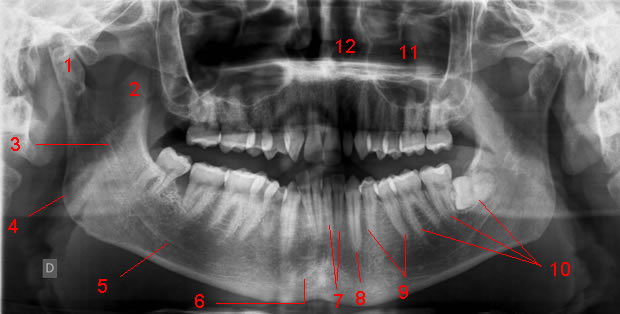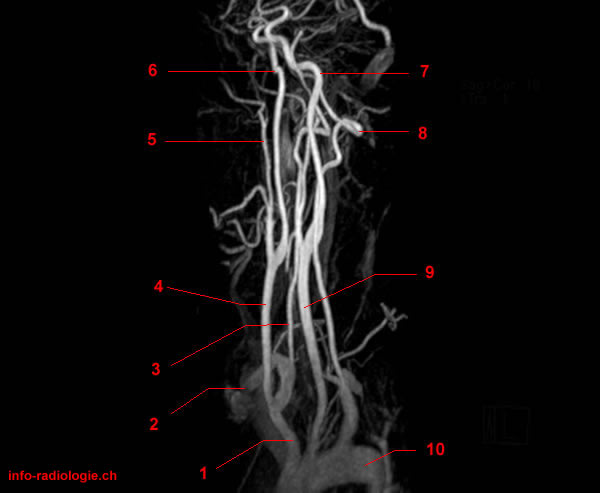CT scan of the middle ear (anatomy)
This page presents the anatomy of middle ear by means of CT-scan. You have three different galleries of images depicting the anatomy of the middle ear: • level 1 to 6 (axial, coronal, sagittal reconstruction for the same level . A set of 3 images correspond to a given level and the green cross […]
CT scan of the middle ear (anatomy) Read More






